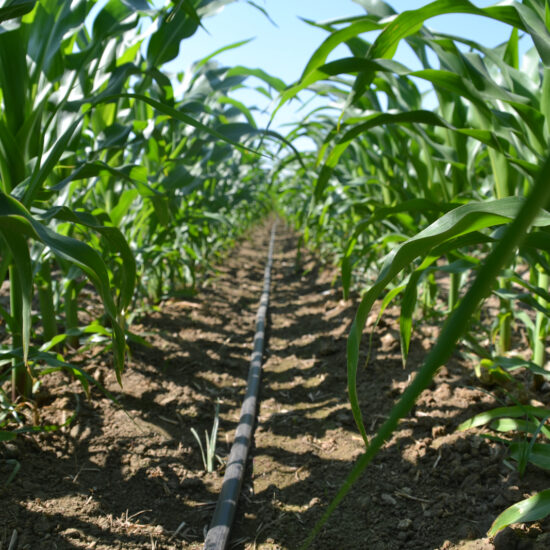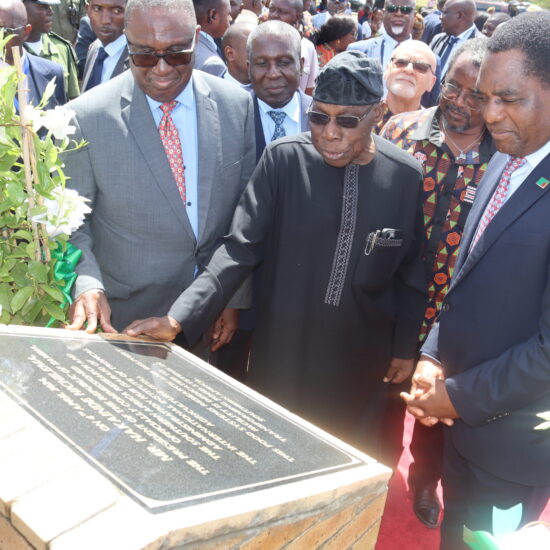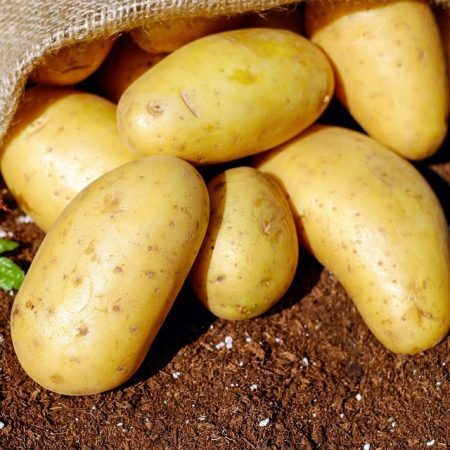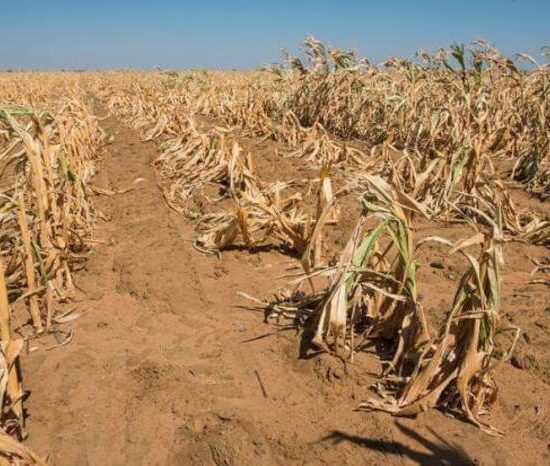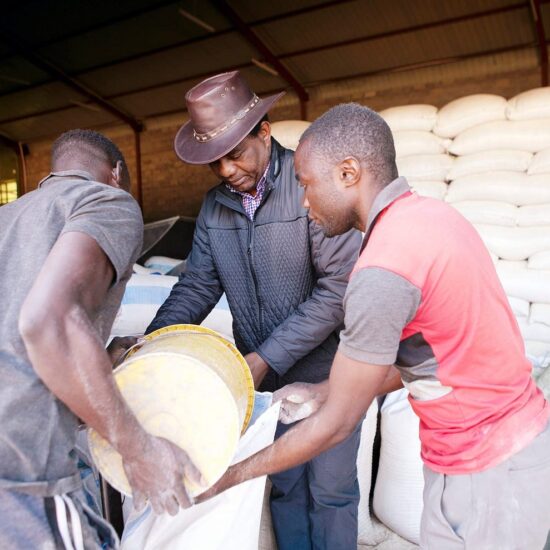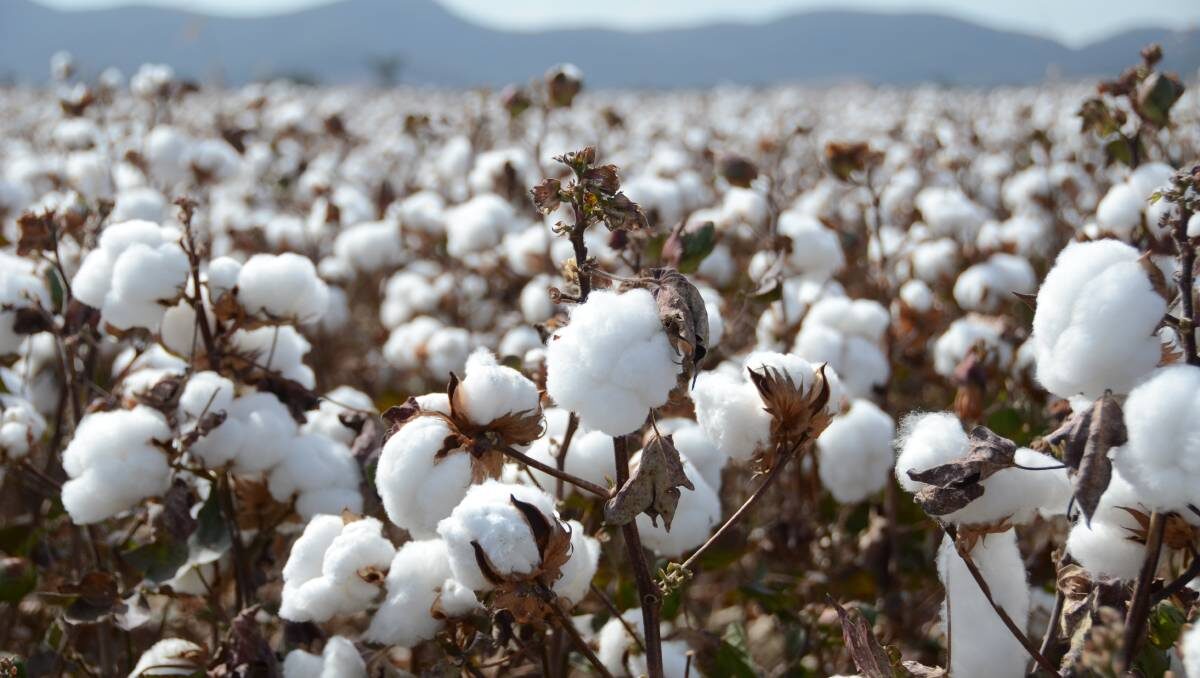
The Cotton Board of Zambia – CBZ has disputed the forecast cotton production figures which indicated a reduction of 43% of seed cotton for this’s marketing season announced by the Minister of Agriculture.
CBZ is on record to have confirmed that local cotton production and textile industry can earn Zambia over US$220 million in exports if well managed. Moreover, more can even be saved in terms of forex if the local textile industry is harnessed and developed.
Agriculture Minister Michael Katambo had last week announced that production of seed cotton is forecast to reduce by 43% to about 41,000 metric tonnes from about 73,000 metric tonnes produced in the last farming season.
CBZ Executive Director Dafulin Kaonga has disagreed with the announced figures stating that figures submitted by the board where double the digits leading to over 80% reduction in total production numbers.
He told the Zambian Business Times – ZBT in an exclusive interview that the industry has faced a reduction in production over the years and this is mainly due to adverse pricing mechanisms and the competition of other commodities such as Maize and Soya beans which have attracted more growers and are deemed to be more profitable.
Kaonga disclosed that pricing of seed cotton has continued to be stagnant and range between K3.50 to K3.70 per Kg hence the stagnation in pricing on the market has led to a reduction in production with farmers opting to grow other cash crops.
He further said currently pricing of seed cotton is determined by the buyer (buyers market) as there is no law that requires the Cotton board to intervene in determining pricing. The cotton board has called for all stakeholders to come up with a transparent pricing mechanism which will create a win-win situation for both farmers and buyers.
He added that the board has since made submissions to government on how cotton should be produced in the country and proposed methods of production but that there has not been any effective response, hence hoping government will get back to the board soon to urgently stem the drop in production.
“We also questioned the quality of inputs that affect production which is also a major shift in terms of what farmers are able to get, however we are still pushing for response and hoping all will be better in no time,” He said.
Zambia has a large local market for apparel and textile products which is currently satisfied from imports and an open market for second hand clothing (locally known as Salaula).
The cotton industry needs an integrated approach that would see trade policies tuned to support local cotton cultivation, that would feed into a local textile industry that would then be the anchor to mop up and buy off locally produced cotton.
Only after an integrated development from cotton cultivation, processing and the local textile and apparel industry that is supported and able to produce finished clothing products for low, medium and high end would the industry resume its growth trajectory.
Zambia’s population is now about 18 million people and this should give the authorities a platform to rethink the policy on second hand clothing and allowing cheap imports which in effect is exporting jobs to other countries.
There should be policy coordination with the ministry of trade to ensure that local manufacturing is allowed to grow before its subjected to competing with imports from mature industries and countries.
The Copperbelt, Central, Lusaka, Southern and Eastern provinces still have some textile companies that are currently operational but rely heavily on imported apparel. These can be engaged to kickstart this industry and build it up from group up.




